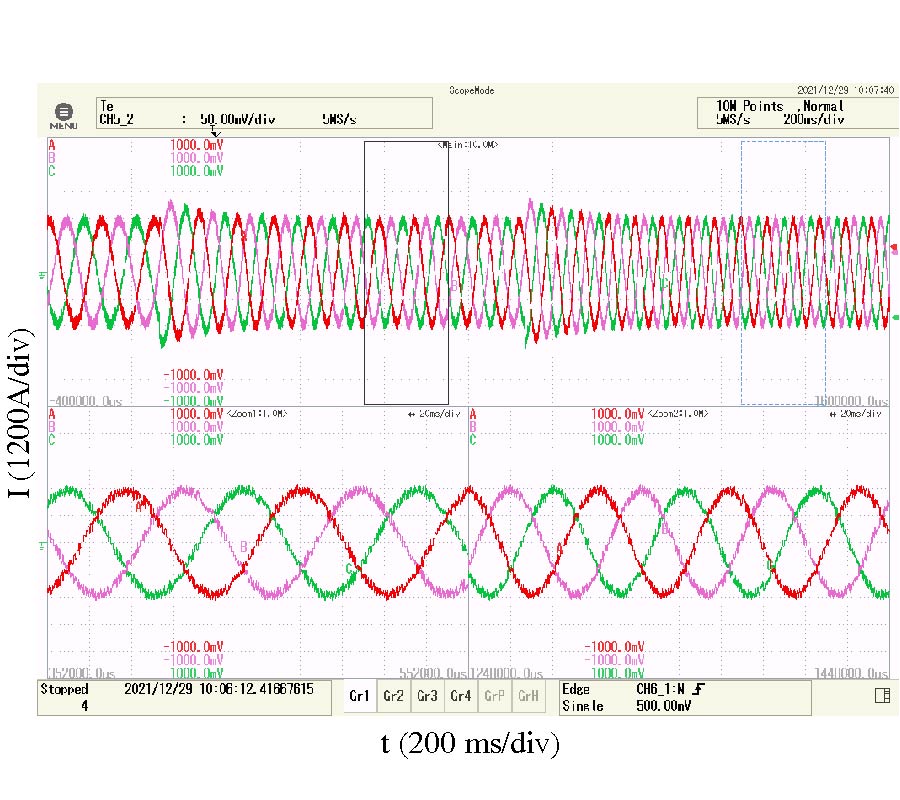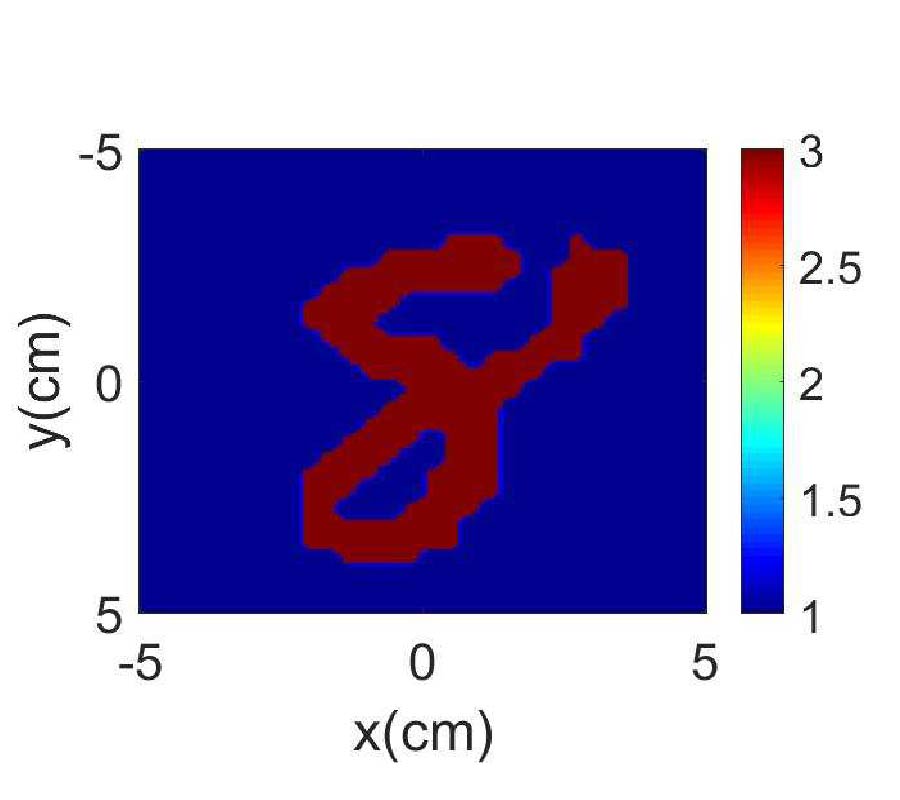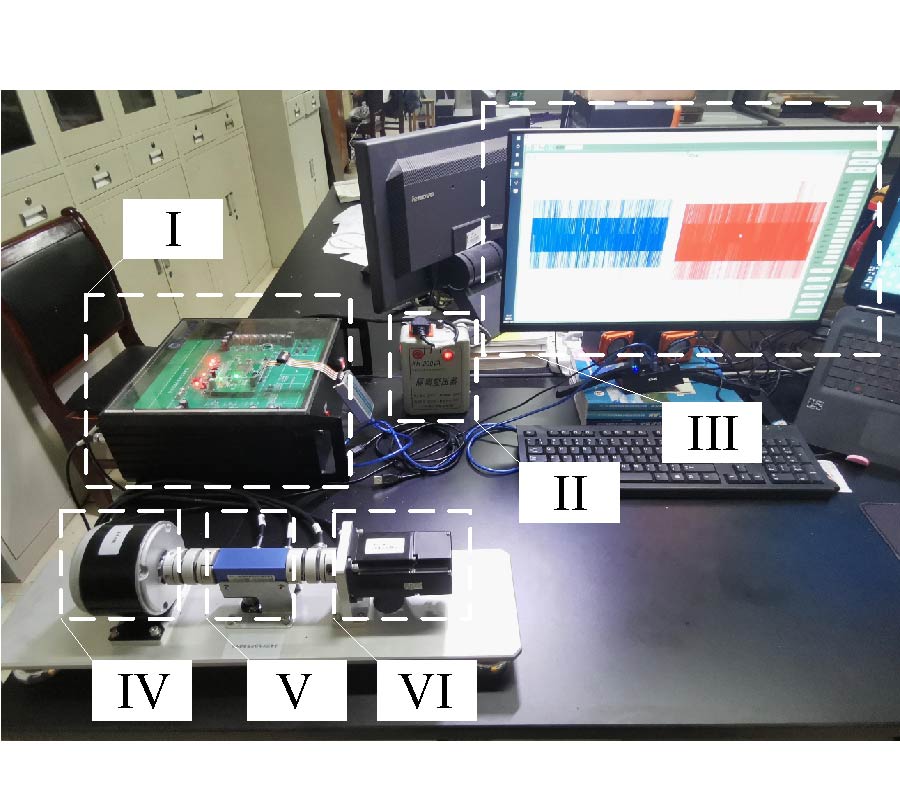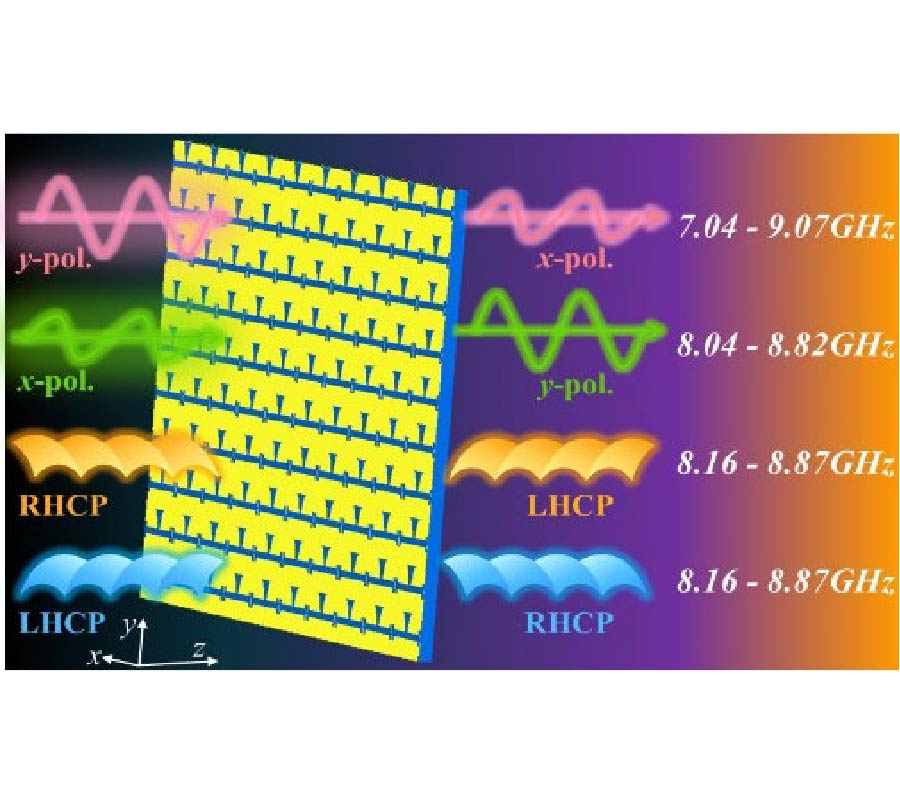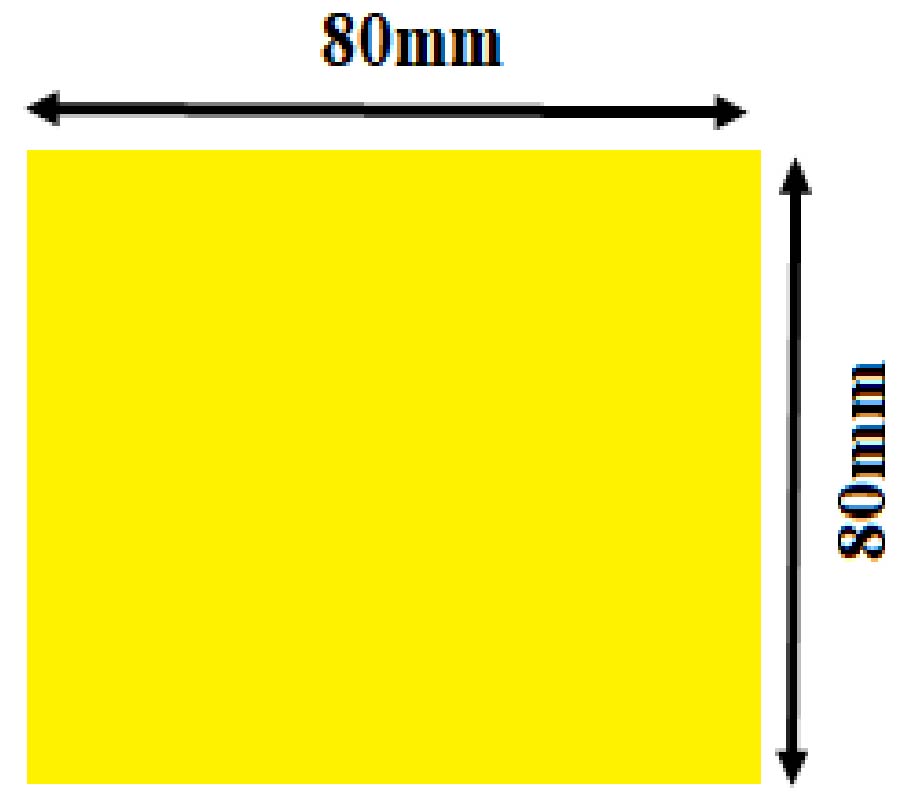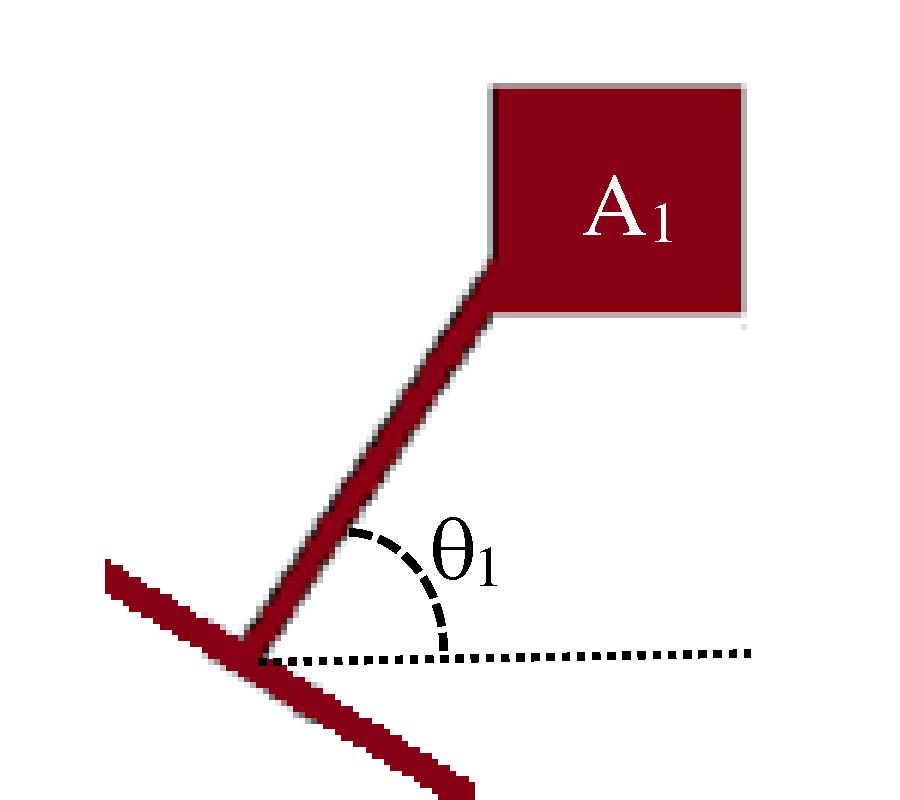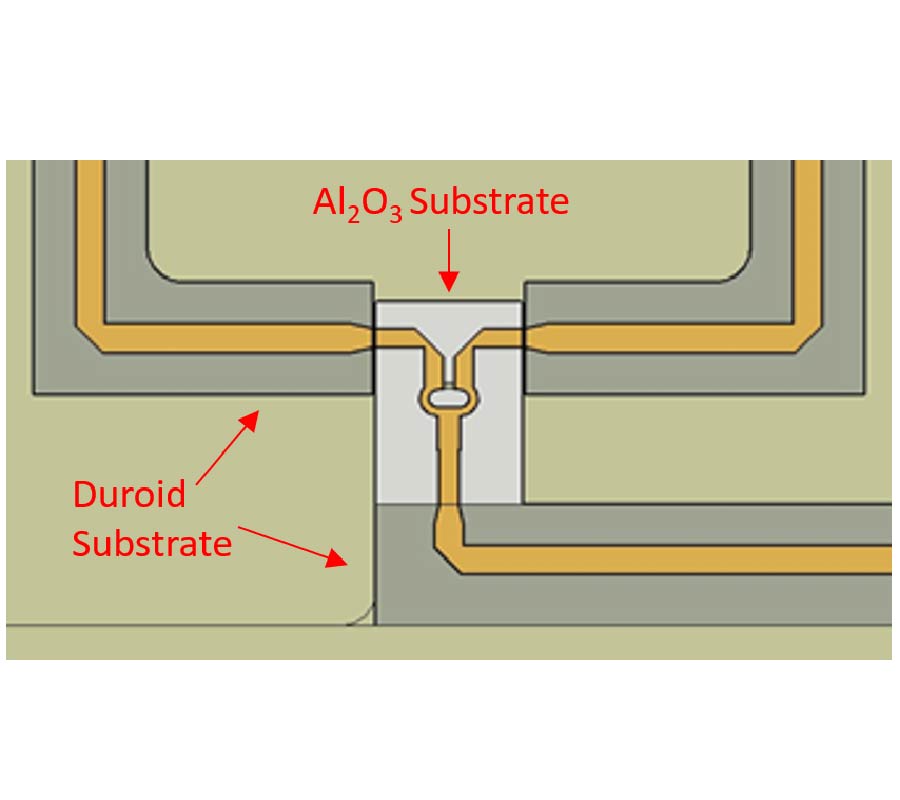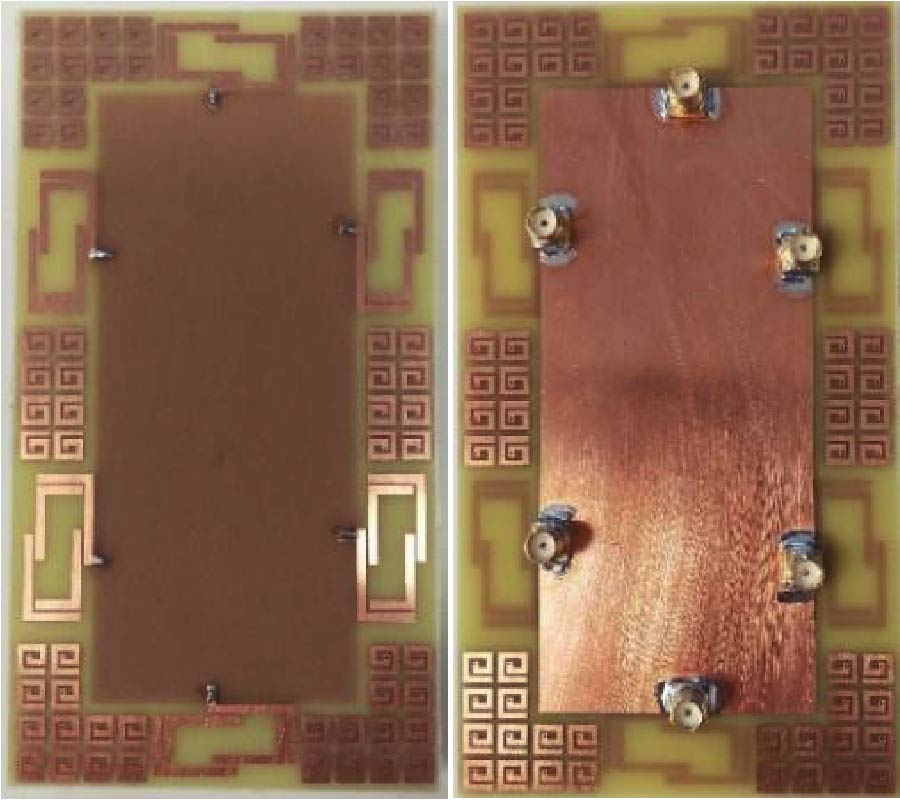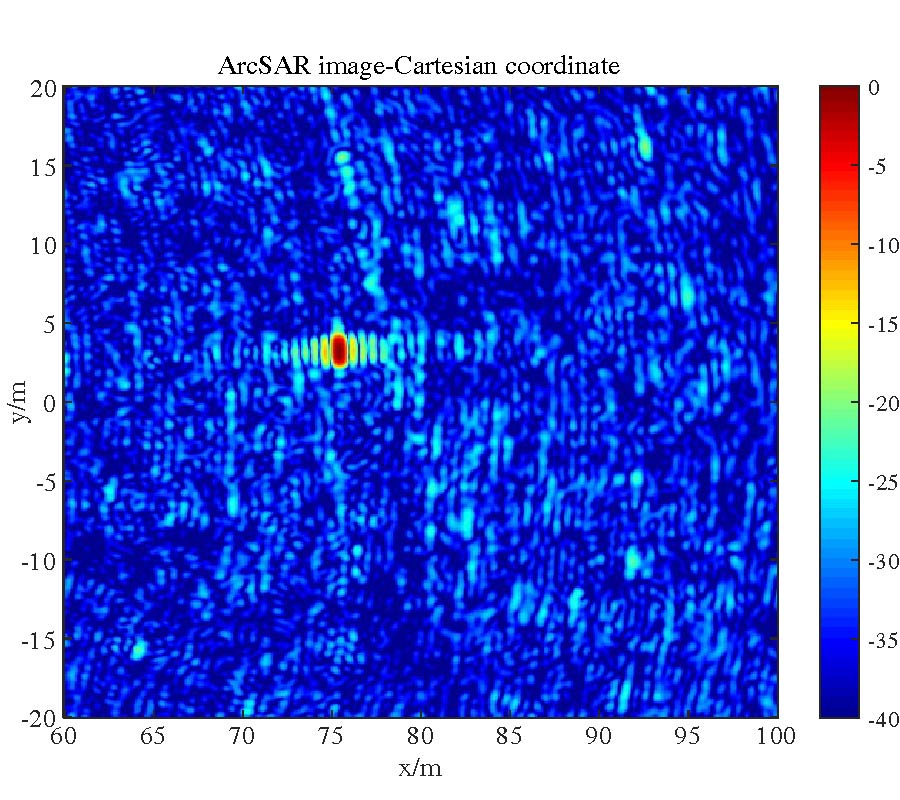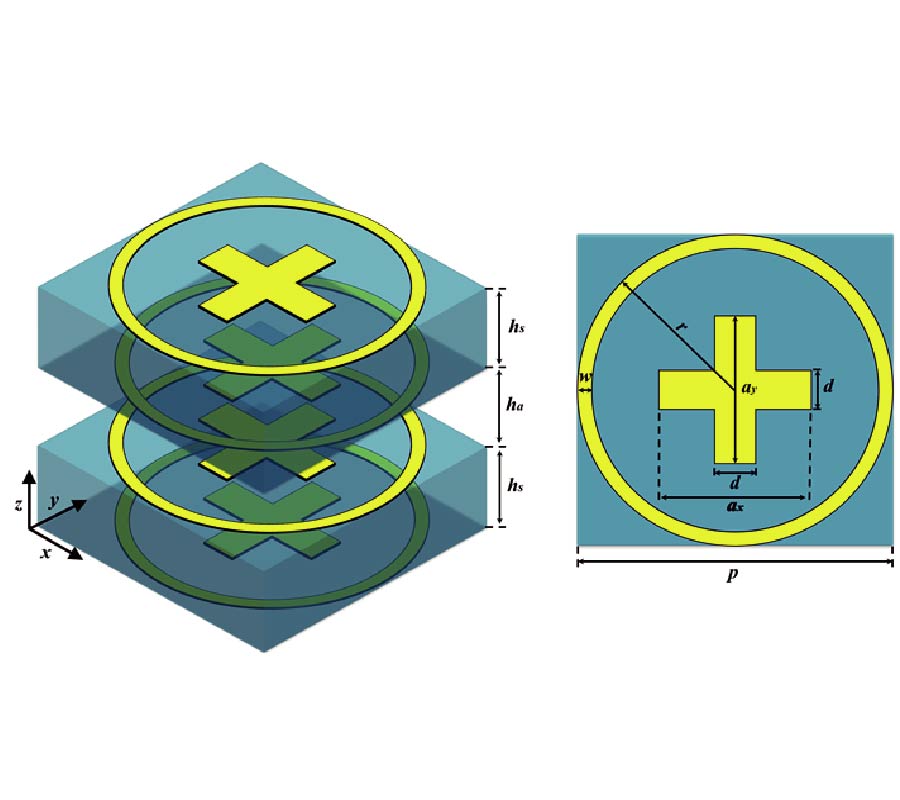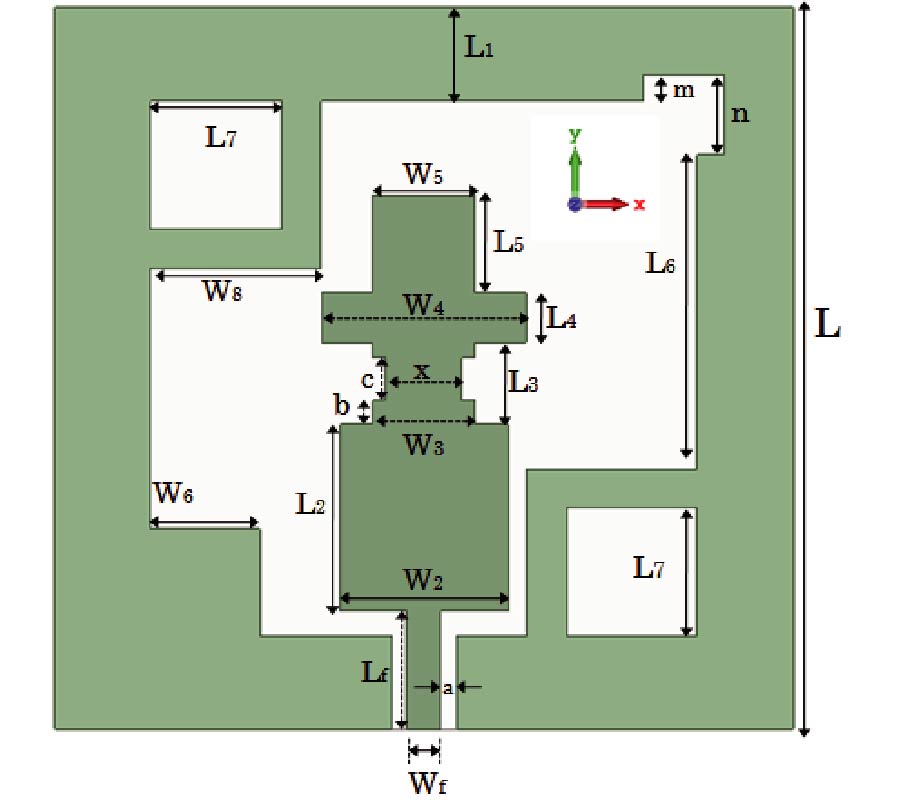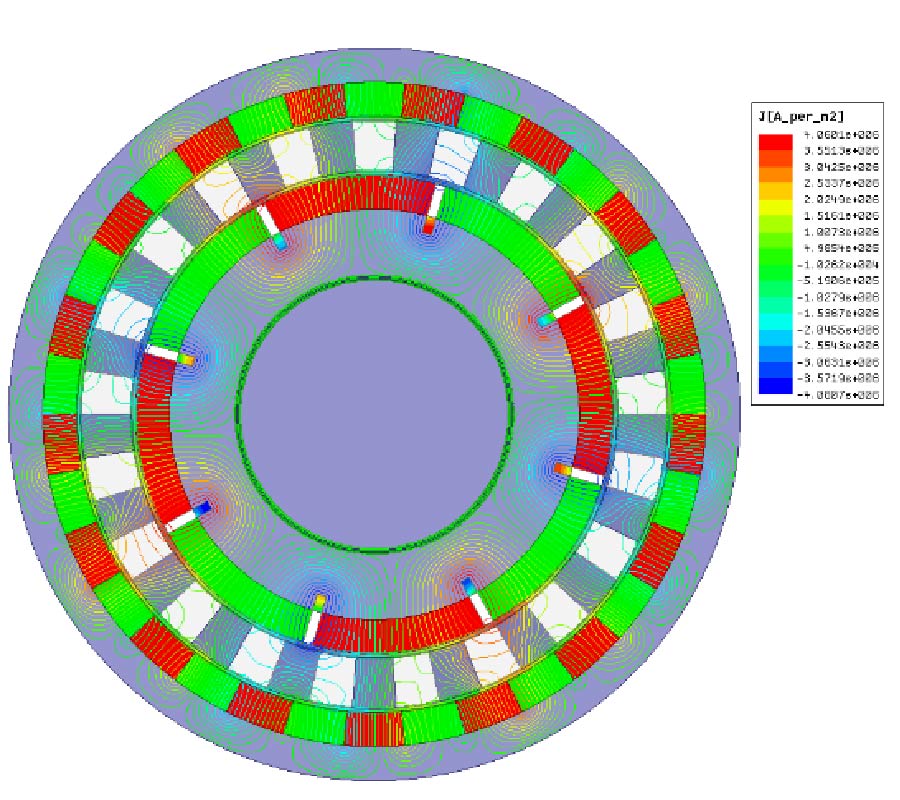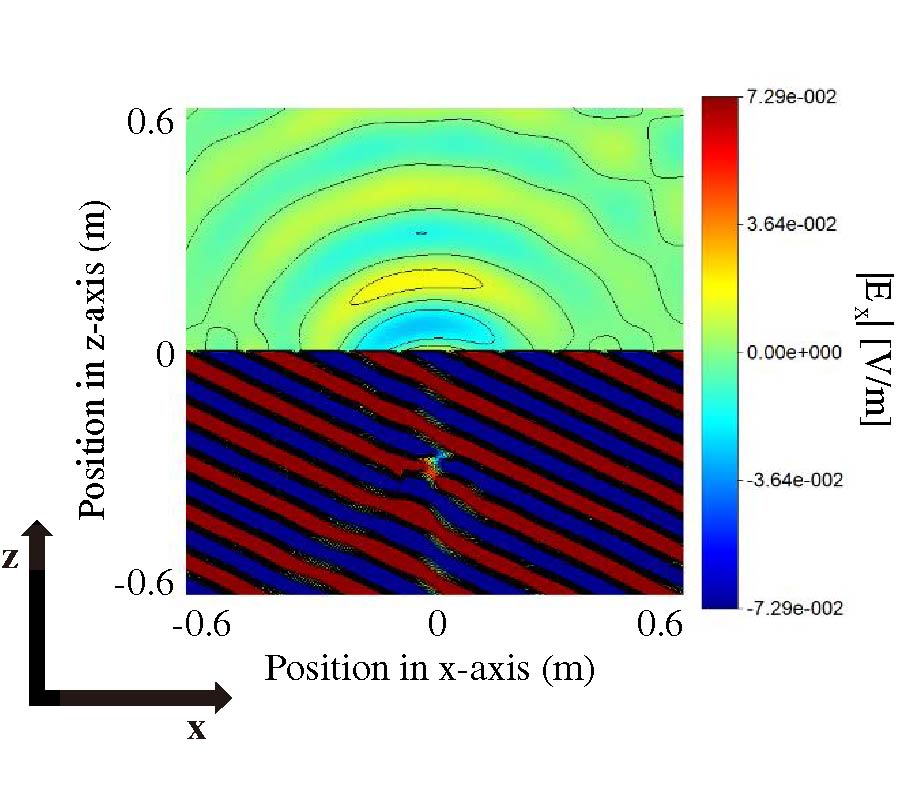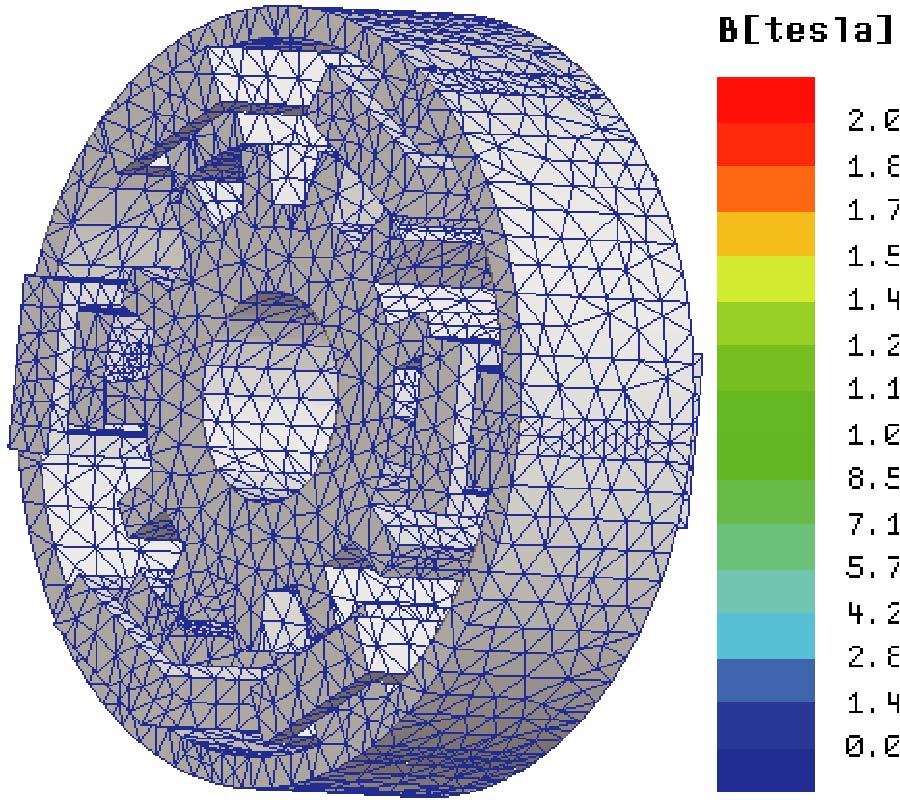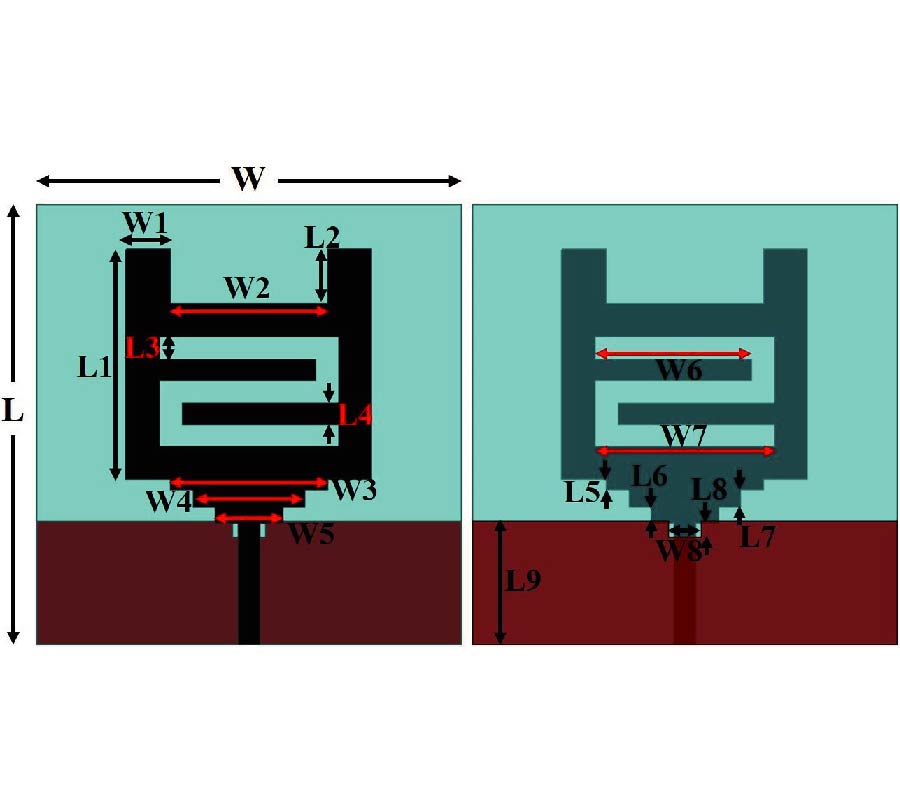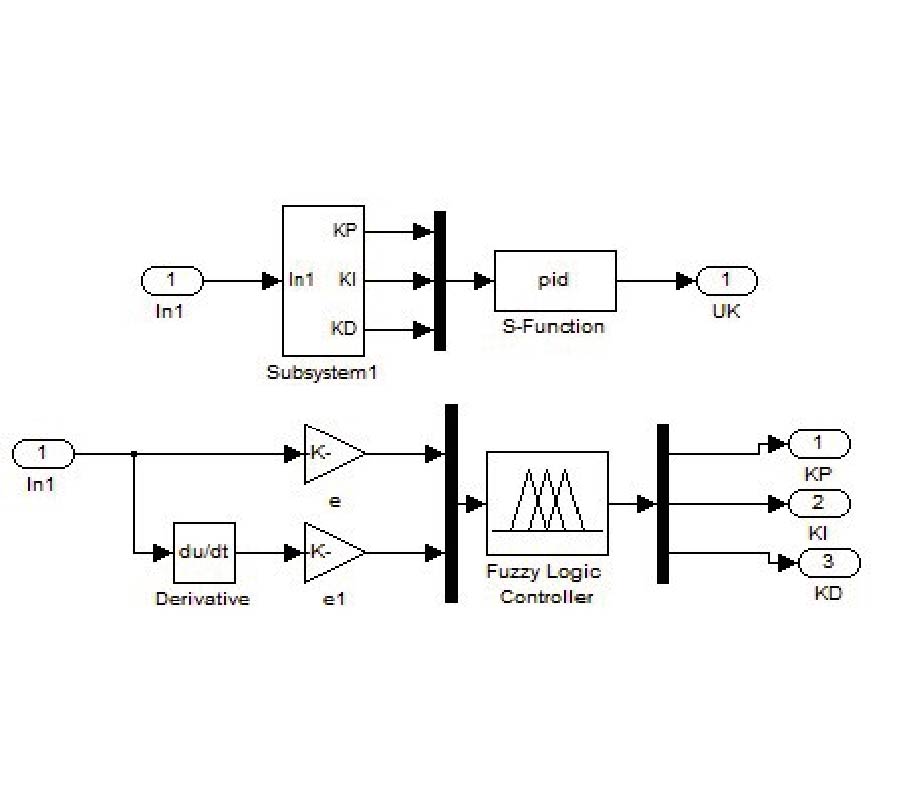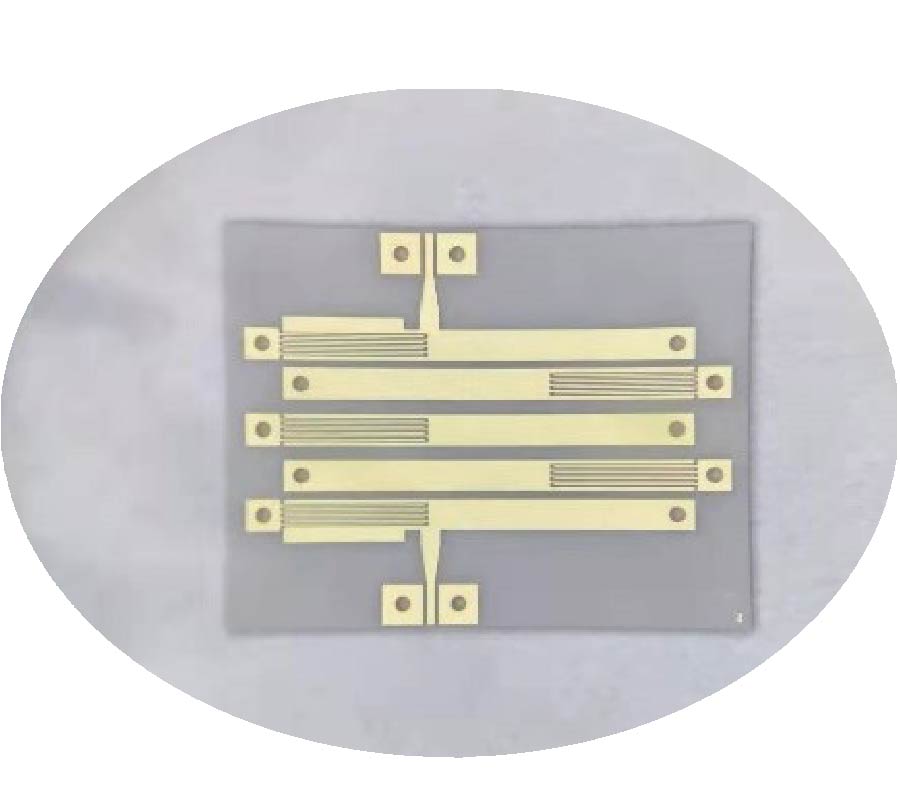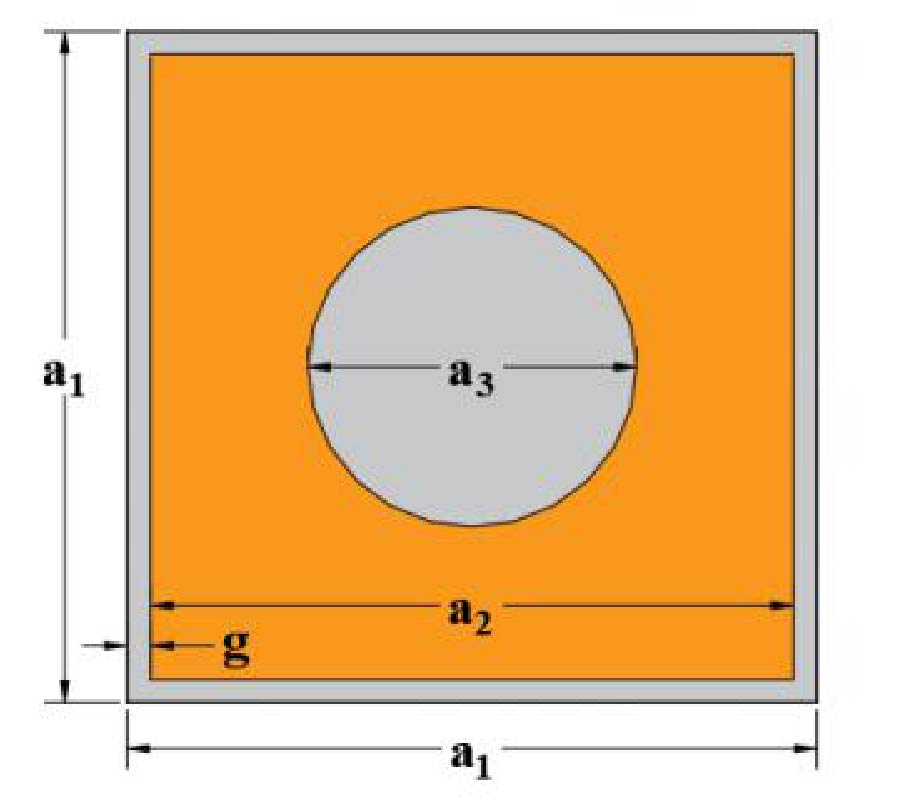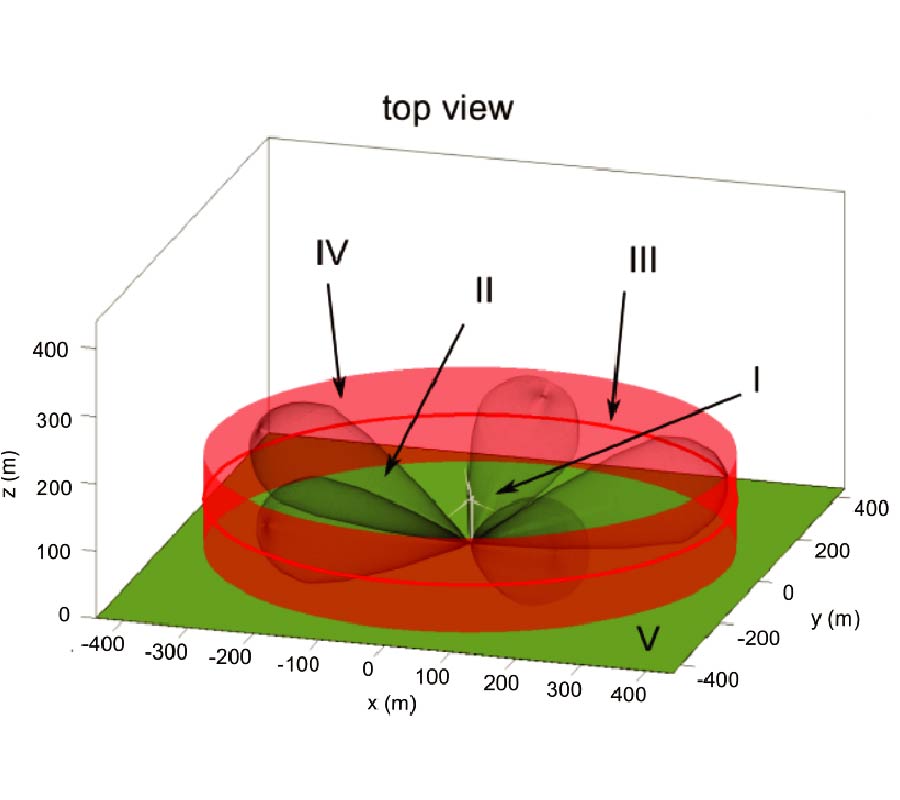Influence of Magnetic Remanence and Coercive Force on the Electromagnetic Output of Permanent Magnet Machine
Stephen Ejiofor Oti and
Chukwuemeka Chijioke Awah
The impact of permanent magnet (PM) properties such as magnetremanence and coercive force or coercivity on the electromagnetic output of flux-switching permanent magnet machine having C-core stator topology is presented and compared in this work. A two-dimensional finite-element analysis (2D-FEA) approach is implemented using ANSYS-MAXWELL software package. Three-dimensional (3D) FEA calculations are also conducted, in order to realize more accurate results, and its results are compared with the 2D-FEA predicted results. The investigated machine elements are: airgap flux-density, torque ripple, total harmonic distortion (THD) of the voltage, cogging torque, unbalanced magnetic pull (UMP) or force, winding inductances, direct- and quadrature-axis flux, electromotive force and output torque. The analyses show that undesirable qualities such as large amount of cogging torque and UMP are predominant in the machine having rare-earth magnets i.e. neodymium and samarium-cobalt, although they have larger flux linkage and superior average torque compared to its non-rare-earth magnet equivalents i.e. the ferrite- and alnico-made machines. Moreover, the alnico- and ferrite-made machines exhibit larger winding inductance values, and consequently lower saturation withstand capability, though with better field-weakening capability. Further, the predicted efficiencies of the compared machine types having alnico, ferrite, neodymium and samarium materials, at rated current and speed conditions are: 79.8%, 75.76%, 87.22% and 86.58%, respectively. More so, the generated electromagnetic output power of the compared machine types at the operating base speed is: 206.57 Watts, 186.57 Watts, 449.67 Watts and 396.40 Watts, respectively. The investigated machine is suitable for high torque in-wheel direct-drive applications.
